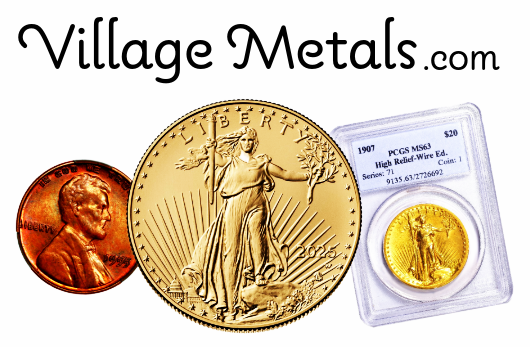A very early and historically significant U.S. coin with some notable condition issues. Let’s break down the 1795 Flowing Hair Half Dime ANACS Fair 2 Details – Damaged, Bent.
- 1795 Flowing Hair Half Dime:
- This is a foundational piece of United States coinage, minted only a few years after the U.S. Mint began operations. The “Flowing Hair” design was the first type of Half Dime (five-cent piece).
- Obverse: Features a bust of Liberty with long, flowing hair, facing right.
- Reverse: Depicts a small eagle surrounded by a wreath.
- These early silver coins are highly prized by collectors for their historical importance as some of the first coins struck by the U.S. Mint.
- American Numismatic Association Certification Service (ANACS): This confirms that the coin has been authenticated and graded by ANACS, which is America’s oldest third-party coin grading service, established in 1972. ANACS provides expert opinions on a coin’s authenticity and condition.
- Fair 2 Details – Damaged, Bent: This is the detailed grade and condition description.
- Fair 2 (FR-2): This is an extremely low grade on the Sheldon scale (1-70). A coin in Fair 2 condition is very heavily worn, to the point where most of the design elements are only faintly outlined or barely visible. The date might be discernible, but little else. For a Flowing Hair Half Dime, Liberty’s hair would be a flat silhouette, and the eagle on the reverse would be an indistinct blob.
- Details: This is a crucial modifier. It means that while the coin has enough remaining design to assign a “net” grade for its wear (Fair 2), it also has significant post-mint damage that prevents it from receiving a “straight” numerical grade. Coins with “Details” are considered impaired.
- Damaged, Bent: These are the specific types of damage that the coin has sustained.
- Damaged: A general term indicating some form of significant impairment (e.g., heavy scratches, gouges, environmental damage beyond normal toning, etc.) that goes beyond simple wear or minor marks typical for the grade.
- Bent: This means the coin is no longer perfectly flat; it has been physically warped or creased. Bending can occur from various impacts or attempts to alter the coin, and it severely detracts from its eye appeal and structural integrity.
Value:
Despite the low grade and significant damage, an 1795 Flowing Hair Half Dime, even in “Fair 2 Details – Damaged, Bent” condition, is still a genuine piece of early U.S. coinage and holds historical significance. Its value will be a fraction of what a problem-free coin of the same date and wear would be, but it will still be substantial due to its extreme rarity in any form.
Considering its condition:
- A problem-free 1795 Flowing Hair Half Dime in Fair 2 (if one could even be accurately graded at that level without issues) would be worth several thousand dollars.
- However, with “Details – Damaged, Bent,” the value is severely impacted.
Based on current market information (as of early July 2025), a 1795 Flowing Hair Half Dime ANACS Fair 2 Details – Damaged, Bent would likely have a retail value in the range of $500 to $1,500. The exact price would heavily depend on the severity of the damage (how badly bent, what kind of “damage”), and ultimately what a specific buyer is willing to pay to own a genuine, albeit impaired, example of this rare early American coin.
Key Considerations for “Details” Coins:
- Reduced Liquidity: Coins with “Details” grades are generally harder to sell and have fewer potential buyers than problem-free coins.
- No Standard Price Guides: Major price guides typically don’t list specific values for “Details” coins because the impact of damage varies too much.6 Value is determined by individual buyer interest.
- Historical Significance Over Condition: Collectors who buy “Details” coins often prioritize owning a genuine historical artifact (especially a very rare one) over a high-grade, problem-free example, which might be unobtainable or unaffordable.
